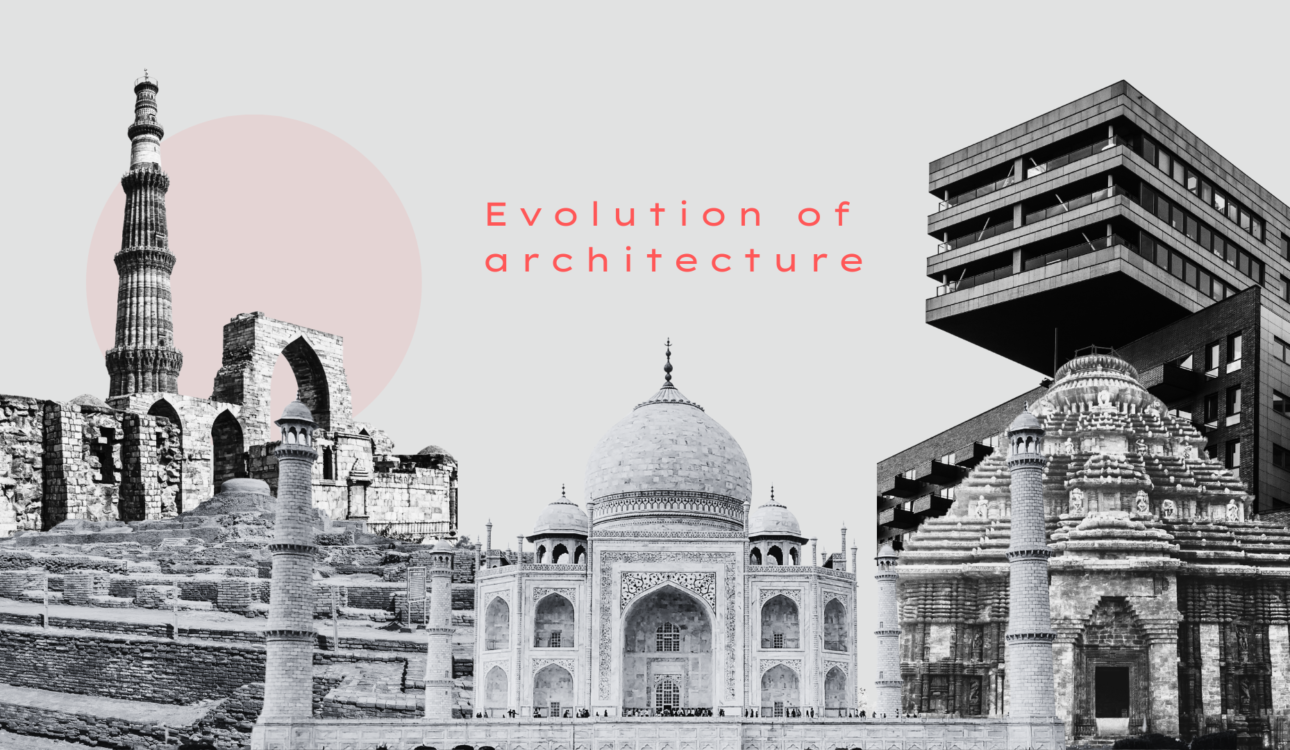The evolution of architecture in India is a fascinating journey that mirrors the country’s rich and diverse cultural history. From the ancient Indus Valley Civilization, known for its advanced urban planning and monumental structures, to the intricate temples of the classical period, India’s architectural heritage reflects a blend of indigenous styles and foreign influences. Today, architecture design services play a crucial role in shaping contemporary Indian architecture, offering a dynamic fusion of traditional aesthetics and modern functionality. These services are tailored to meet the demands of a rapidly urbanizing society while preserving cultural identity. Looking ahead, the future of Indian architecture promises to embrace sustainable practices and innovative technologies, while continuing to celebrate the country’s unique cultural identity. This ongoing evolution highlights the adaptability and creativity inherent in Indian architectural practices, ensuring their relevance and resilience in an ever-changing world.
Architecture During the Harappan Civilization:
During the Harappan also known as the Indus Valley Civilization (2500-1900 CE), the architecture in particular was ahead of its time with advanced urban planning and sophisticated construction techniques. Harappan cities like Mohenjo-daro and Harappa featured well-organized grid layouts, with wide streets and a highly efficient drainage system that was unparalleled in its time. Buildings were constructed using standardized, kiln-fired bricks, indicating a high level of planning and uniformity. Public structures, such as the Great Bath of Mohenjo-daro, demonstrate the importance of communal spaces and advanced engineering skills. Residential buildings typically included multiple rooms and courtyards, often with access to private wells and bathrooms, reflecting a concern for hygiene and convenience. The architectural achievements of the Harappan civilization underscore a remarkable understanding of urban infrastructure and resource management, which laid foundational principles for future architectural developments in the region.
Classical Temple Architecture:
Classical temple architecture in India, spanning from the early centuries of the Common Era to the medieval period, represents a pinnacle of artistic and architectural achievement. This era saw the development of distinct architectural styles, such as the Nagara style in the north, characterized by its beehive-shaped shikhara (tower), and the Dravidian style in the south, noted for its towering gopurams (gateway towers) and intricate carvings. Temples like the Sun Temple at Konark, the Khajuraho group of monuments, and the Brihadeeswarar Temple in Thanjavur exemplify the grandeur and complexity of classical Indian temple architecture. These structures were not only places of worship but also centers of social and cultural life, adorned with elaborate sculptures depicting deities, mythological scenes, and everyday activities. The meticulous craftsmanship and symbolism surrounding nature in classical temple architecture reflect the spiritual and aesthetic values of the time, leaving a lasting legacy that continues to inspire contemporary architecture.
The Indo-Islamic Style:
The Indo-Islamic style of architecture emerged in the Indian subcontinent with the advent of Islamic rule from the 12th century onwards, blending elements of Islamic architectural principles with indigenous Indian styles. This fusion is characterized by the introduction of features such as domes, arches, minarets, and intricate ornamentation using calligraphy and geometric patterns, which were not prevalent in traditional Indian architecture. Monumental structures like the Qutub Minar in Delhi and the Gol Gumbaz in Bijapur exemplify the grandeur and sophistication of this style. The use of red sandstone and white marble, along with detailed inlay work, reached its zenith in the construction of the Taj Mahal, a masterpiece of Mughal architecture. Gardens, courtyards, and water features were also integral to Indo-Islamic design, reflecting the Persian influence on Indian aesthetics. This architectural synthesis not only resulted in visually stunning structures but also symbolized the cultural amalgamation and pluralism of the period.
The Contemporary Style:
Contemporary architecture in India is a dynamic amalgamation of traditional elements and modern innovations, reflecting the country’s rapid urbanization and diverse cultural landscape. Modern Indian architecture embraces cutting-edge technologies and sustainable architecture design practices, aiming to create environmentally friendly and energy-efficient buildings. Skyscrapers and high-rise buildings dominate the skylines of metropolitan cities like Mumbai, Delhi, and Bangalore, incorporating sleek designs and advanced materials. Yet, there is also a strong movement towards preserving and integrating traditional architectural styles, such as the use of local materials, courtyard layouts, and vernacular aesthetics, ensuring cultural continuity. Public spaces and commercial complexes are increasingly designed to be multifunctional and accessible, promoting community interaction and inclusivity. This blend of the old and the new in Indian architecture not only meets the functional demands of contemporary life but also celebrates the country’s rich architectural heritage.
The Future of Architecture:
The future of architecture is poised to be transformative, driven by advancements in technology, sustainability, and changing societal needs. Architects will play a pivotal role in this evolution, utilizing innovative materials and construction methods, such as 3D printing and modular building, to revolutionize the industry. Smart buildings, equipped with integrated digital systems, will enhance efficiency and comfort. Sustainability will be a cornerstone, with green design principles and renewable energy sources becoming standard. Additionally, architecture will increasingly focus on adaptability and resilience, addressing challenges like climate change and urbanization. This forward-looking approach promises to create spaces that are not only functional and aesthetically pleasing but also environmentally responsible and socially inclusive.





